About Wroclaw Medical University
Mission & Vision
We are defined by:
P
Passion
for science, education, and meaningful impact
O
Ownership
the courage to take responsibility and act
W
Working together
collaboration built on trust and respect
E
Empathy
for patients, students, colleagues, and the world
R
Reliability
integrity and commitment in everything we do
The Wroclaw Medical University was established on January 1st, 1950, as the Faculty of Medicine, later becoming the Wroclaw Medical Academy. It originated from the separation and independence of the Faculties of Medicine and Pharmacy from the University of Wrocław. A significant part of its academic and teaching staff came from the Faculty of Medicine of the Jan Kazimierz University in Lviv. The Medical University draws upon the legacy and proud traditions of that institution and other Polish and international universities, cultivating patriotic values, a commitment to truth, and academic freedom in scientific research. The Wroclaw Medical University, named after the Piast Dynasty of Silesia, is a shared asset of its academic and teaching staff, students, and other university employees, who together form a selfgoverning academic community.
All members of this community are equal under the law. The University conducts scientific research with full respect for inalienable human rights. It educates students regardless of race, nationality, or religion, drawing inspiration from global academic heritage. Its educational and formative mission is carried out through a three-tier system of academic instruction.
The University combines scientific research and teaching with diagnostic and therapeutic activities performed in clinical hospitals and other healthcare facilities, which also serve as a base for both undergraduate and postgraduate education. In its research activities, the University adheres to the principles of good clinical and pharmaceutical practice.
In fulfilling its mission, the University collaborates with state and local authorities, other Polish and foreign universities, as well as social and economic institutions in the region, and organizations involved in scientific, educational, and healthcare-related work. By discovering and transmitting knowledge through research and the education of students and medical professionals, the University forms an integral part of the national system of education and science.
History and present day
Founded in 1946, Wroclaw Medical University (WMU) proudly continues the legacy of the medical faculties of Jan Kazimierz University in Lviv. After World War II, academic staff from Lviv and other Polish universities laid the foundations of modern medical education in Wroclaw, creating an institution that would grow to become one of Poland’s leading medical universities. Over nearly eight decades, WMU has combined academic tradition with a forward-looking approach to science, education, and healthcare.
About WMU
The University consists of five faculties and offers programs in medicine, dentistry, pharmacy, medical analytics, public health, and health sciences. It educates thousands of students from Poland and abroad, fostering an international academic community. Teaching is based on the latest medical knowledge, modern educational methods, and access to advanced laboratories, simulation centers, and clinical facilities.

WMU Rectors
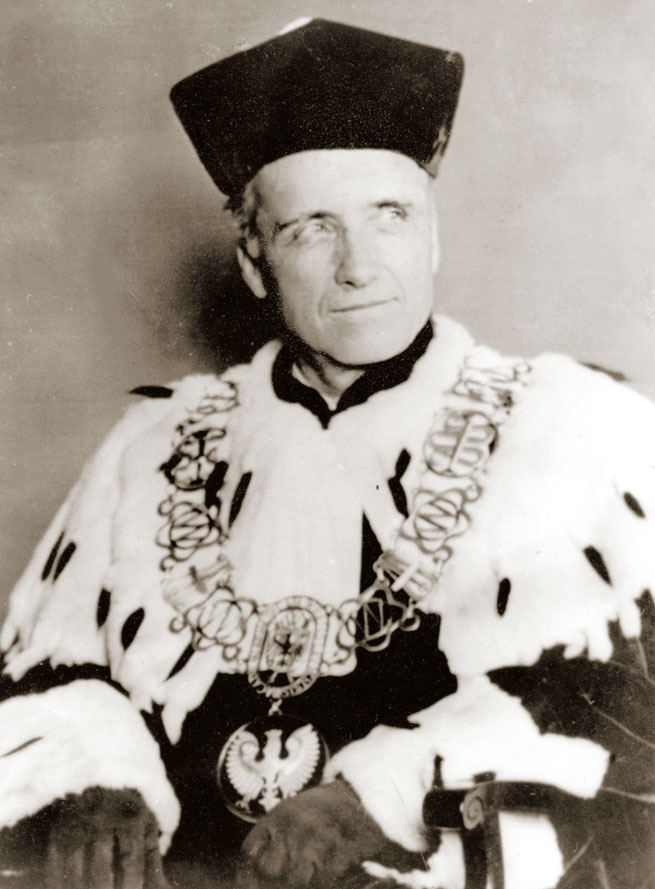
Zygmunt Albert
(1950–1954)

Antoni Falkiewicz
(1954–1957)
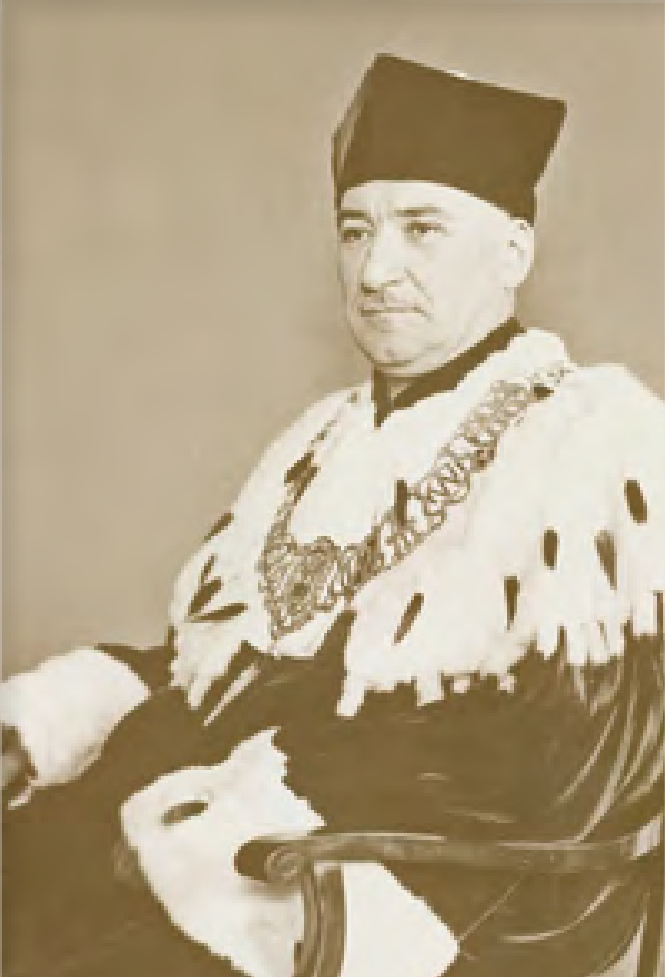
Bogusław Bobrański
(1957–1962)

Aleksander Kleczeński
(1962–1965)

Tadeusz Baranowski
(1965–1968)

Leonard Kuczyński
(1968–1972)

Stanisław Iwankiewicz
(1972–1978)
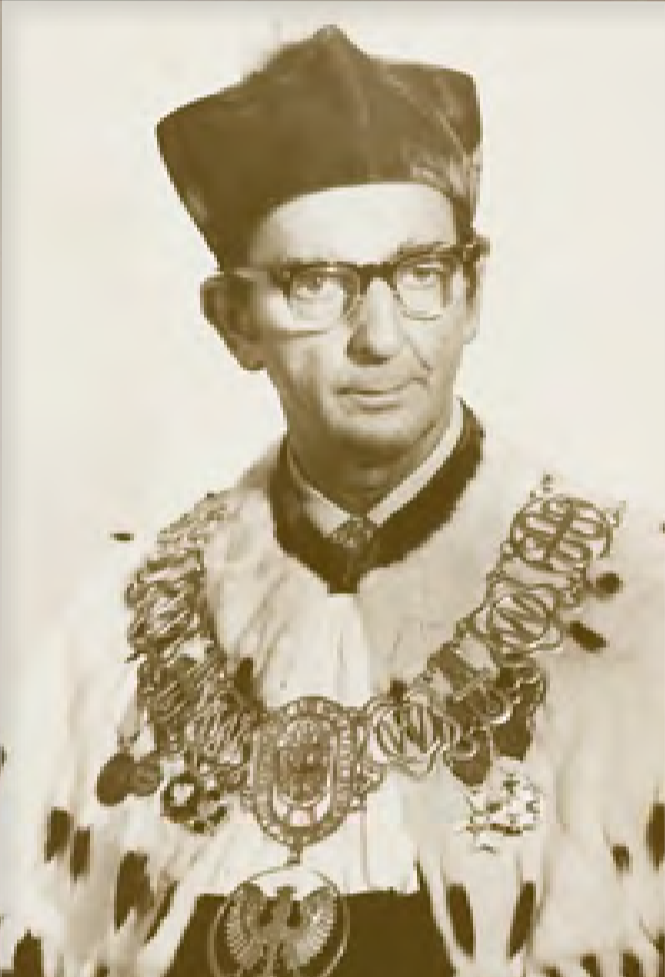
Eugeniusz Rogalski
(1978–1981)
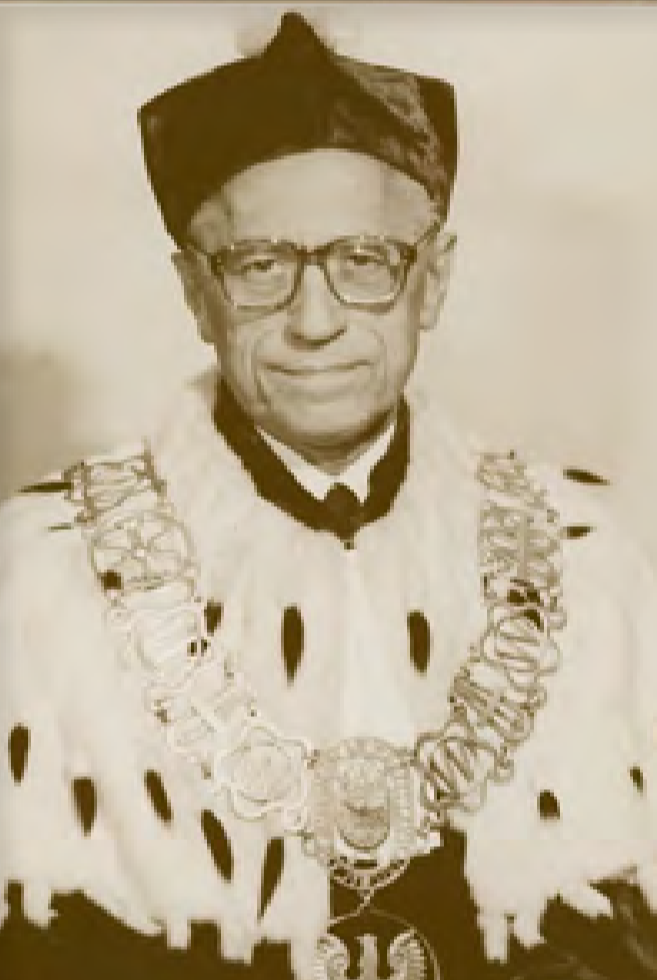
Marian Wilimowski
(1981 – 1984) (1984 – 1987)

Bogdan Łazarkiewicz
(1987 – 1990)

Zbigniew Knapik
(1990 – 1993)
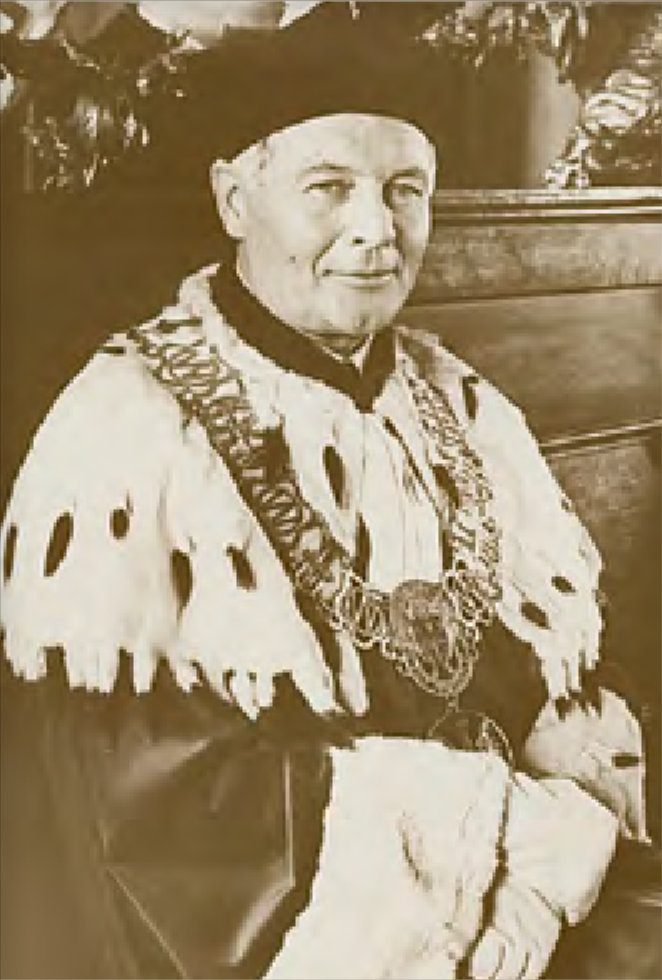
Jerzy Czernik
(1993 – 1996), (1996 – 1999)
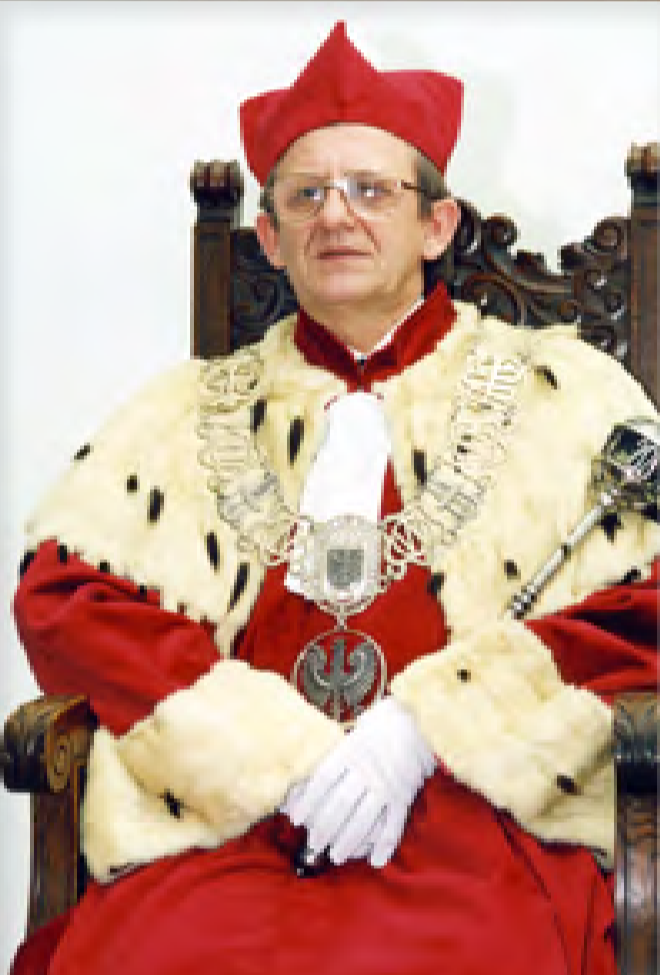
Leszek Paradowski
(1999 – 2002), (2002 – 2005)
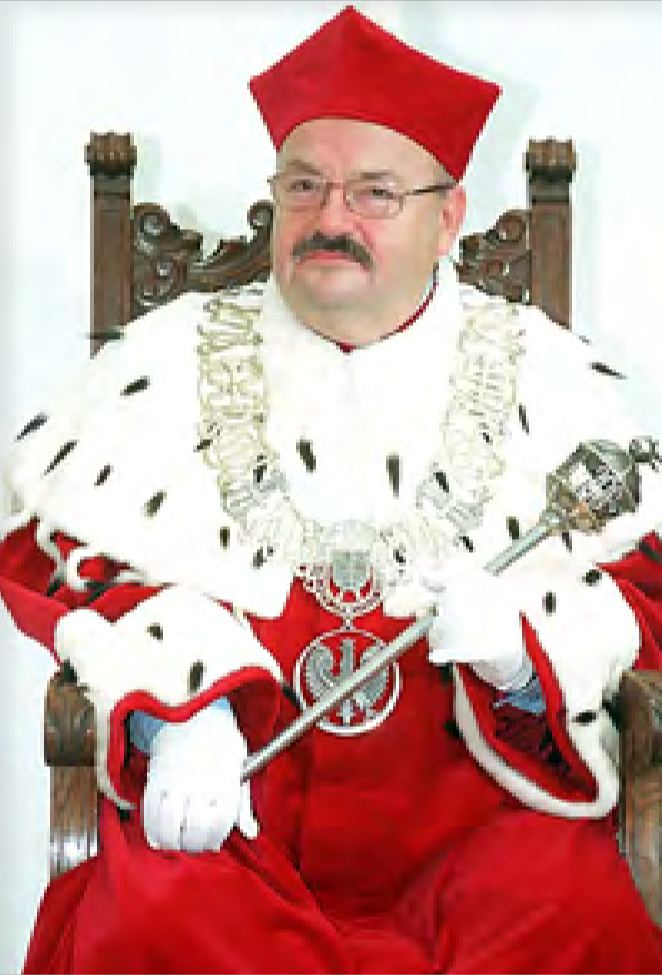
Ryszard Andrzejak
(2005 – 2008), (2008 –2011)
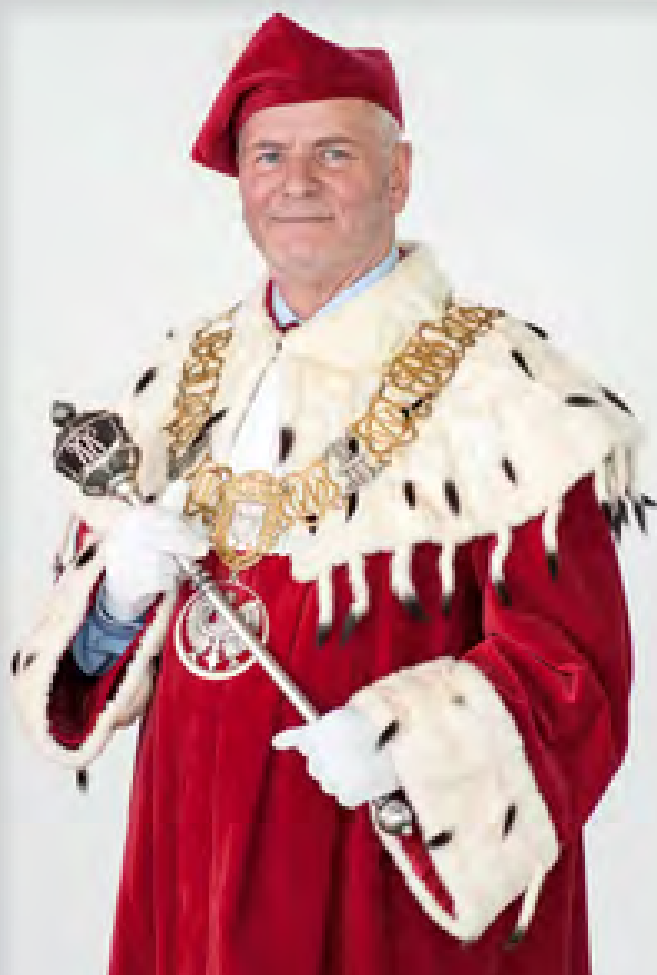
Marek Ziętek
(2011–2012), (2012-2016), (2016-2019)

Piotr Ponikowski
(2020-2024) (2024-2028)
Honorary Doctorates
Prof. Stanisław Kulczyński 1961
Prof. Bronisław Knaster 1961
Prof. Hugo Steinhaus 1961
Prof. Andrzej Klisiecki 1970
Prof. Pierre Mallet-Guy 1970
Prof. Joan Frans Nuboer 1970
Prof. Pietro Pratesi 1970
Prof. Edward Szczeklik 1970
Prof. Tadeusz Tempka 1970
Prof. Antoni Falkiewicz 1971
Prof. Wiktor Bross 1973
Prof. Wiktor Dega 1973
Prof. Stanley J.G. Nowak 1973
Prof. Tyge Søndergaard 1973
Prof. Mstislav Vasilevič Volkov 1974
Prof. Karl Sune Bergström 1976
Prof. Kornel Stanisław Gibiński 1976
Prof. Bogusław Bobrański 1978
Prof. Hugon Kowarzyk 1978
Prof. Stefan Ślopek 1978
Prof. Stefan Wesołowski 1978
Prof. Hanno Millesi 1980
Prof. Adam Gruca 1982
Prof. Witold Rudowski 1982
Prof. Werner Klinner 1983
Prof. Czesław Niżankowski 1983
Prof. Karl Hutschenreuter 1983
Prof. Wiktor Jankowski 1984
Prof. Hans Georg Knoch 1985
Prof. Josef Lissner 1987
Prof. Hank C. Van Der Plas 1987
Prof. Giorgio Brunelli 1988
Prof. Klaus Peter 1988
Prof. Gerhard Lehnert 1989
Prof. Antoni Aroński 1990
Prof. Franciszek Kokot 1990
Prof. Bolesław Popielski 1990
Prof. Allan Jacobs 1991
Prof. Eberhard Sonnabend 1991
Prof. Roland Felix 1993
Prof. Andrea Richard Genazzani 1994
Prof. Jan Słowikowski 1994
Prof. Alois Franz Schärli 1995
Prof. Waldemar Kozuschek 1995
Prof. Józef Mądalski 1996
Prof. Rüdiger Lorenz 1996
Prof. Dieter Adam 1998
Prof. Stanisław J. Konturek 1998
Prof. Andrzej Szczeklik 1999
Prof. Ryszard Badura 2000
Prof. Shaul G. Massry 2000
Prof. Henryk Ratajczak 2000
Prof. Nikolaus Blin 2000
Prof. Wanda Dobryszycka 2000
Prof. Ulrich R. Müller 2001
Prof. Rainer Rienmüller 2001
Prof. Antoni Gabryelewicz 2002
Prof. Theodor Hellbrűgge 2002
Prof. Tadeusz Popiela 2003
Prof. Maciej Latalski 2003
Prof. Tadeusz Wilczok 2003
Prof. Maciej Gembicki 2004
Prof. Zbigniew Puchalski 2004
Prof. Hans Akerblom 2004
Prof. Walter Klepetko 2005
Prof. Andrzej Nowak 2005
Prof. Meinhard Classen 2005
Prof. Francis Mégraud 2005
Prof. Andrzej Górski 2005
Prof. Gerd Plewig 2005
Prof. Andrzej Zoll 2005
Prof. Yoshiki Hiki 2006
Prof. Manfred Dietel 2006
Prof. Volkmar Schneider 2007
Prof. Hansjörg Riehm 2007
Prof. Andrzej Obrębowski 2007
Prof. Pierre Louis Emile Lafforgue 2007
Prof. Daniel Greer Young 2008
Prof. Zdzisław Brzozowski 2009
Prof. Bogdan Łazarkiewicz 2009
Ks. Kard. Henryk Gulbinowicz 2009
Prof. Jerzy Czernik 2009
Prof. Masaki Kitajima 2011
Prof. Claes G. Frostell 2012
Prof. Romuald Będziński 2012
Prof. Jerzy Leppert 2013
Prof. Maciej Zabel 2013
Prof. Günter Kirste 2014
Prof. Salim Yusuf 2015
Prof. Sonja Ständer 2015
Prof. Thomas Hoffmann 2017
Ks bp. Ryszard Bogusz 2017
Prof. Marek Woźniewski 2018
Prof. Marian Zembala 2018
Prof. Tadeusz Trziszka 2019
Prof. Tomasz Grodzicki 2019
Prof. Stefan Anker 2020
Prof. Piotr Kasprzak 2023
Prof. Thomas Hugh Marwic 2024
Distinguished Alumni
Prof. Zygmunt Albert
Distinguished oncologist and medical historian, co-developed a gamma-glutamyltransferase identification method (Nature, 1961). He proved the carcinogenicity of certain food dyes and drugs, influencing their ban. His pioneering research explored cancer markers, carcinogenesis, and tumor immunology. Author of key works on Lviv University’s medical faculty and the 1941 Lviv professors’ massacre.
Prof. Antoni Aroński
Pioneer of Wrocław and co-founder of Polish anaesthesiology, created the city’s first intensive care unit and initiated Poland’s first resuscitation ambulance. He advanced cardiac anaesthesia, introduced heart pacemaker implantation and continuous epidural analgesia in obstetrics. His work shaped modern anaesthesiology, surgery, and emergency care in Poland.
Prof. Tadeusz Baranowski
Eminent biochemist and academic leader, pioneered protein crystallization, obtaining the first crystalline animal proteins, including myogen A. He discovered and crystallized glycerophosphate dehydrogenase, often called ‘Baranowski’s enzyme’, and introduced ACTH into clinical use. His research advanced knowledge of glycolytic enzymes, vitamin K, and red blood cell antigens. A founder of Wrocław’s Faculty of Medicine, he trained a generation of Polish biochemists.
Prof. Bogusław Bobrański
Renowned pharmaceutical chemist and academic leader, developed the Bobrański method for determining chlorine and bromine in organic compounds (1931) and synthesized the sedative proksybarbal (Ipronal), the first original Polish drug after WWII. Author of influential textbooks, he advanced drug synthesis, studied structure–activity relationships, and pioneered the use of natural and industrial waste in pharmaceuticals
Prof. Wiktor Bross
A pioneer of Polish cardiac surgery, performed a series of groundbreaking operations: the first mitral commissurotomy on a beating heart (1955), the first abdominal aortic aneurysm resection with cadaveric graft (1957), Poland’s first open-heart surgery in hypothermia (1958), the first procedure with a heart–lung machine (1961), and the country’s first living-donor kidney transplant (1966). Founder of the renowned Wrocław surgical school, he trained 25 future professors and heads of surgical departments. His work advanced thoracic, vascular, and transplant surgery, leaving a lasting legacy in Polish and international medicine.
Prof. Jerzy Czernik
A leading pediatric surgeon, introduced pioneering endoscopic treatments in pediatric urology, notably for vesicoureteral reflux, preventing kidney damage, and innovative bladder enlargement in children with spina bifida. Longtime head of Wrocław’s Pediatric Surgery Clinic and rector (1993–1999), he advanced pediatric oncology and thoracic surgery, built international collaborations, and founded a renowned school of pediatric surgery whose graduates became global leaders.
Prof. Zofia Czeżowska
Pioneer of Polish allergology, authored the first national textbook in the field (1957) and founded Poland’s first asthma clinic. An internist and infectious disease specialist, she advanced research in allergy, pulmonology, and clinical immunology, proving the benefits of vasoactive drugs in asthma and identifying lipid fractions transferring tuberculin allergy. She created the Wrocław school of allergology, shaping future leaders in respiratory medicine.
Prof. Wanda Dobryszycka
Distinguished pharmaceutical chemist and biochemist, identified active regions of the haptoglobin molecule responsible for binding hemoglobin, antibodies, and lectins, clarifying their functional roles. She demonstrated the diagnostic value of measuring haptoglobin, an acute-phase protein, in body fluids. Her work also explored apoptosis in neurodegenerative diseases, including Alzheimer’s, shaping modern biochemical research and clinical diagnostics.
Prof. Antoni Falkiewicz
Founder of the Wrocław school of internal medicine and occupational diseases, co-created Poland’s first occupational medicine center (1947). He conducted pivotal studies on endemic goiter in Lower Silesia, enabling its eradication east of the Elbe. His research covered cardiovascular diseases, endocrinology, immunopathology, and clinical toxicology. An influential academic leader, he trained generations of physicians and authored over 600 scientific works.
Prof. Hanna Hirszfeldowa
Founder of the Wrocław school of internal medicine and occupational diseases, co-created Poland’s first occupational medicine center (1947). He conducted pivotal studies on endemic goiter in Lower Silesia, enabling its eradication east of the Elbe. His research covered cardiovascular diseases, endocrinology, immunopathology, and clinical toxicology. An influential academic leader, he trained generations of physicians and authored over 600 scientific works.
Prof. Ludwik Hirszfeld
Eminent microbiologist and immunologist, co-founded modern blood group science with Emil von Dungern, discovering inheritance mechanisms and introducing the A, B, AB, 0 nomenclature. He identified the Rh factor, explained serological conflict, and discovered Salmonella hirszfeldi. His research linked endemic goiter to iodine deficiency. In Wrocław, he initiated one of the world’s first Pregnancy Pathology Research Centers and founded the Institute of Immunology and Experimental Therapy of the Polish Academy of Sciences. Author of over 130 works, he shaped global transfusion medicine and immunology.
Prof. Hugon Kowarzyk
Hematologist, vectorcardiography pioneer, and cytogeneticist, discovered the protease nature of thrombin (Nature, 1952) and, with Ewa Marciniak, identified antithrombin C. He developed the euglobulin method for fibrinolysis testing and co-authored Spatial Vectorcardiography (1961). Inventor of the axonocardiograph and the ‘diamantoid’ electrode network, he introduced the concept of chromosome populations. His work advanced global understanding of blood coagulation and cardiac electrophysiology.
Prof. Józef Kubicz
Dermatologist, venereologist, and virology researcher, uncovered the causes of diseases such as erythema nodosum, chorea, pemphigus, and Werlhof’s disease, and early proposed the viral origin of Kaposi’s sarcoma—confirmed decades later. He described two syndromes now bearing his name and co-developed the dermatological preparation Linomag, still in use today. His work integrated dermatology, infectious diseases, and biophysics, shaping modern skin disease research.
Prof. Tadeusz Marciniak
Distinguished anatomist and academic leader, authored the widely used textbook Human Anatomy, still popular among students, and the monograph Nephrometry in Humans. A professor at the University of Lviv and later in Wrocław, he served as dean, prorector, and rector of the Higher School of Physical Education. His research focused on the morphology and morphogenesis of the nervous and urinary systems, teratology, cardiovascular and muscular anomalies, and anatomical nomenclature. An inspiring lecturer, he shaped generations of medical and health sciences students.
Prof. Tadeusz Szczęsny Owiński
Founder of postwar academic dentistry in Wrocław and the city’s school of oral and maxillofacial surgery, developed innovative surgical methods and advanced the diagnosis of odontogenic focal diseases. He authored the widely used Atlas of Oral Mucosal Diseases and founded the journal Wrocławska Stomatologia. As head of the Department of Maxillofacial Surgery (1945–1970), he trained generations of dentists and surgeons, shaping modern Lower Silesian dentistry.
Prof. Bolesław Popielski
Pioneer of Polish forensic medicine, serology, and sexology, performed Poland’s first successful transfusion using blood from a deceased donor and founded the country’s first blood donation center. He advanced forensic serology, authored key textbooks, and became a leading authority in medical ethics and sexology. As head of Wrocław’s Forensic Medicine Department, he shaped postwar academic medicine and strengthened links between forensic science, transfusion medicine, and clinical practice.
Prof. Andrzej Steciwko
Co-founder and pioneer of family medicine in Poland, established Wrocław’s Department of Family Medicine and the Regional Training Centre for Family Physicians. Founder and first president of the Polish Society of Family Medicine, he created model practices and led interdisciplinary congresses integrating family doctors with other specialists. His work advanced holistic, patient-centered primary care, strengthened medical education, and shaped national standards in family medicine.
Prof. Edward Szczeklik
Eminent internist and cardiologist, introduced serum gamma-glutamyl transpeptidase (GGTP) testing into clinical practice, enhancing liver and biliary diagnostics. He helped shape the modern understanding of coronary artery disease, coining the term ‘infarction disease’ to describe alternating angina and myocardial infarction. Author of influential textbooks Myocardial Infarction (1946) and General Diagnostics of Internal Diseases (1952), he also researched clinical enzymology, hematology, and radon therapy for cardiovascular and musculoskeletal disorders. A prolific author of over 330 works, he served as vice-rector, led national medical societies, and was awarded an honorary doctorate from Wrocław Medical University.
Prof. Zdzisław Wiktor
Pioneer of nephrology in Wrocław, founded Poland’s first nephrology clinic and authored its first textbook, Outline of Clinical Nephrology. Trained in microbiology and internal medicine, he advanced kidney disease treatment after study visits to Denmark, Sweden, and Germany. A dedicated academic, he also founded the Wrocław branch of the Polish Society for the History of Medicine and Pharmacy. As pro-rector and clinician, he shaped nephrology as a distinct medical specialty in Poland.